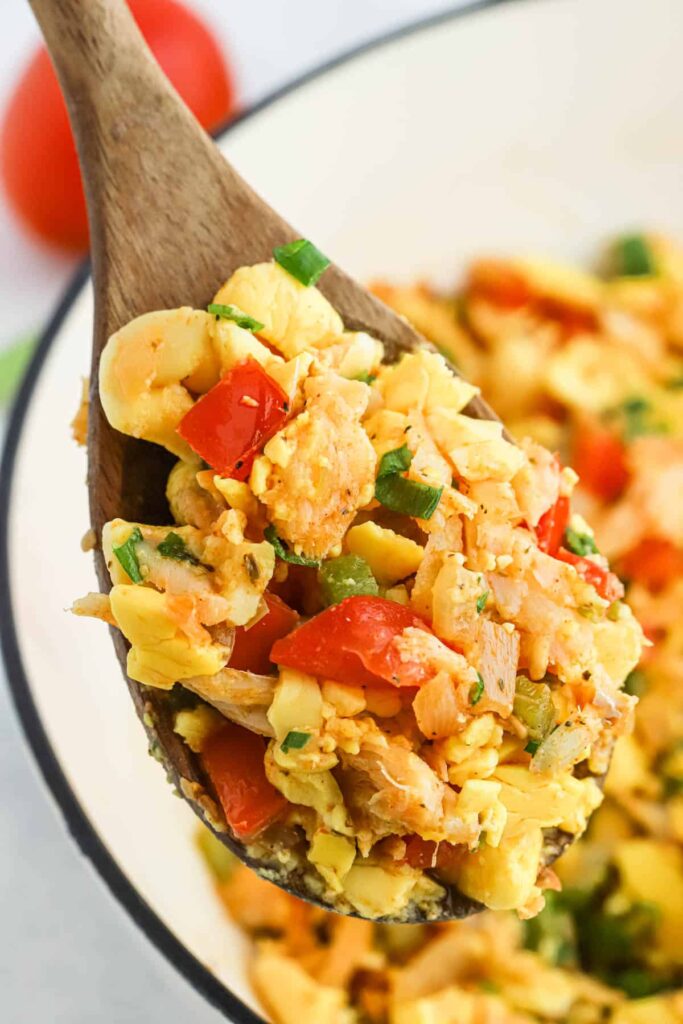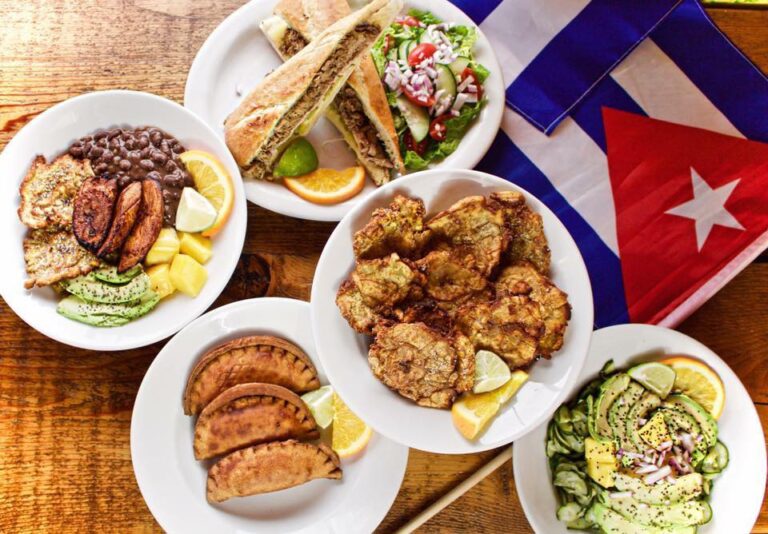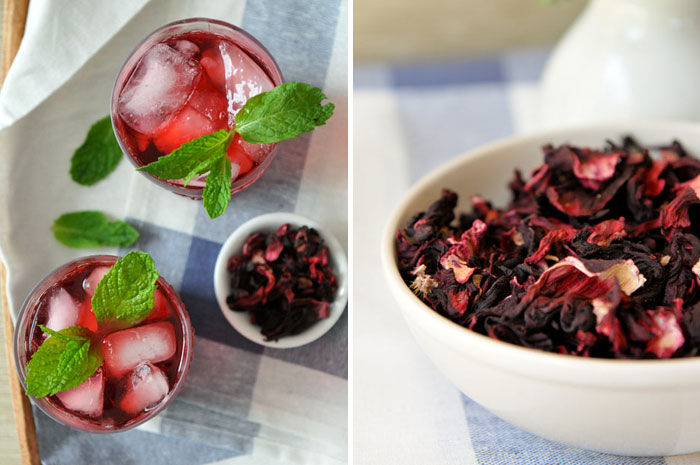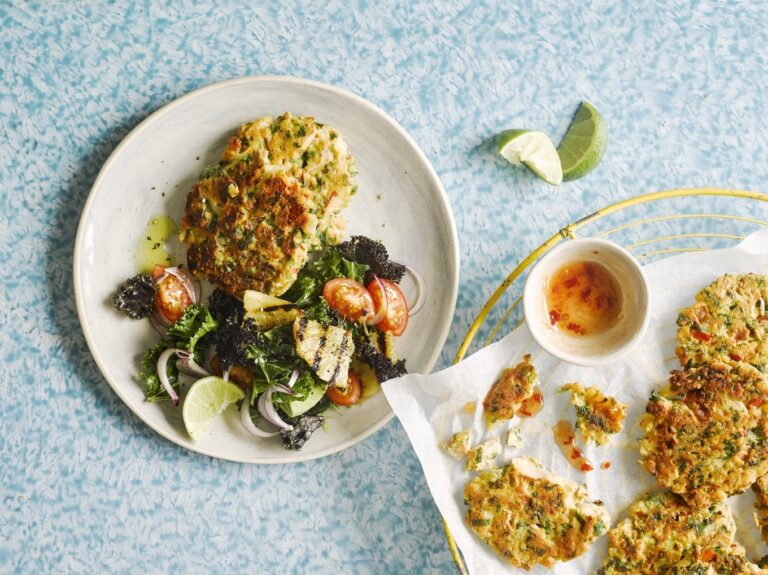Ackee and saltfish is a beloved dish in Caribbean cuisine, particularly in Jamaica, where it is often considered the national dish. Preparing this flavorful combination requires careful attention to health and safety practices, especially when handling ackee, a fruit that can be toxic if not prepared correctly.
This guide will provide comprehensive safety Tips for cooking ackee and saltfish to ensure your dish is both delicious and safe to eat.

Handling and Cooking Ackee Safely
Cooking ackee safely is crucial due to its potential toxicity when unripe or improperly cooked. Here, we delve into the key aspects of handling and preparing ackee to ensure it is safe for consumption.

Identifying Ripe Ackee
Ripe ackee is safe to eat, but unripe ackee contains hypoglycin A, a toxin that can cause severe illness. To identify ripe ackee, look for these signs:
| Characteristics | Description |
|---|---|
| Color | Bright red to yellowish-red hue |
| Opening | Naturally opens to reveal cream-colored, fleshy pods |
| Seeds | Contains three large, black, shiny seeds |
Proper Cooking Techniques
Once you have identified ripe ackee, proper cooking techniques are essential:
| Steps | Details |
|---|---|
| Cleaning | Thoroughly clean the ackee pods by removing any pinkish membrane and washing them in cold water. |
| Boiling | Boil the ackee in salted water for at least 10 minutes to break down any residual toxins. After boiling, drain the ackee well. |
| Cooking | Use the boiled ackee in your recipe, typically sautéing it with saltfish, onions, tomatoes, and spices until well cooked. |
Nutritional Information of Ackee and Saltfish
Understanding the nutritional value of ackee and saltfish can help you appreciate the health benefits of this traditional dish.

Vitamins and Minerals in Ackee
Ackee is not only delicious but also nutritious:
| Nutrient | Health Benefits |
|---|---|
| Vitamin A | Promotes good vision and immune function |
| Vitamin C | Essential for skin health and immune defense |
| Iron | Important for red blood cell production and preventing anemia |
| Calcium | Supports bone health and muscle function |
| Fiber | Aids in digestion and maintains healthy blood sugar levels |
Protein and Omega-3 in Saltfish
Saltfish, typically cod, is a valuable addition to this dish:
| Nutrient | Health Benefits |
|---|---|
| Protein | Essential for muscle repair and growth |
| Omega-3 Fatty Acids | Beneficial for heart health, reducing inflammation, and supporting brain function |
| Vitamin B12 | Crucial for nerve function and the production of DNA and red blood cells |
| Low-Fat Content | Makes saltfish a healthier protein choice, contributing to a balanced diet |
Dietary Considerations and Substitutions
While ackee and saltfish is a traditional favorite, dietary needs and preferences may require modifications. Here are some considerations and substitutions to accommodate various diets.

Low-Sodium Options
Saltfish, by its nature, is high in sodium due to the salting process. For those on a low-sodium diet:
| Method | Description |
|---|---|
| Soaking | Soak the saltfish in water overnight, changing the water several times to reduce sodium content. |
| Rinsing | Thoroughly rinse the fish before cooking to wash away excess salt. |
| Fresh Fish Substitute | Use fresh, unsalted fish as an alternative. This can reduce the sodium levels while still providing protein and essential nutrients. |
Vegan Alternatives
For vegans or those avoiding animal products, ackee can still be enjoyed in a plant-based version of the dish:
| Substitute | Description |
|---|---|
| Tofu | Use firm tofu, marinated and sautéed with similar seasonings, as a substitute for saltfish. |
| Vegetables | Incorporate a variety of vegetables like bell peppers, spinach, and tomatoes to enhance the flavor and nutritional profile. |
| Seaweed | Add a touch of seaweed to mimic the umami flavor of fish while keeping the dish vegan-friendly. |
By following these health and safety tips, you can ensure your ackee and saltfish dish is both safe and nutritious, making it a delightful addition to your culinary repertoire. Whether you are preserving the traditional flavors or adapting the recipe to fit dietary needs, the rich cultural heritage and nutritional benefits of ackee and saltfish can be enjoyed by all.
FAQs
Conclusion
Cooking ackee and saltfish requires careful handling to ensure safety and maximize its nutritional benefits. By identifying ripe ackee, using proper cooking techniques, and considering dietary needs, you can create a delicious and healthy version of this traditional dish. Enjoy the rich flavors and cultural heritage of ackee and saltfish while maintaining a safe and nutritious culinary experience.
Disclosure: Our blog contains affiliate links to products. We may receive a commission for purchases made through these links. However, this does not impact our reviews and comparisons. We try our best to keep things fair and balanced, in order to help you make the best choice for you.








One Comment